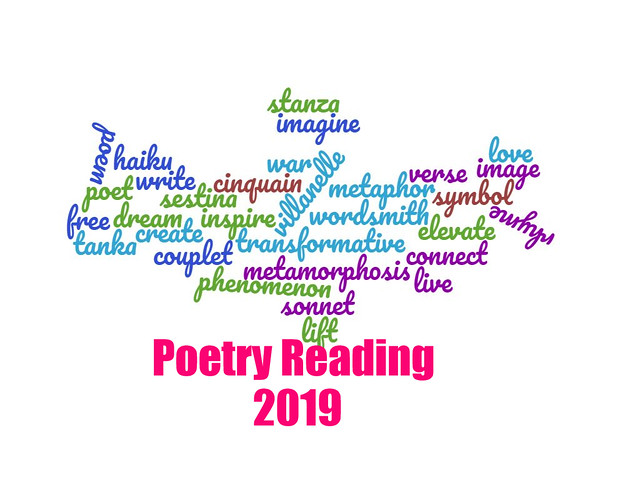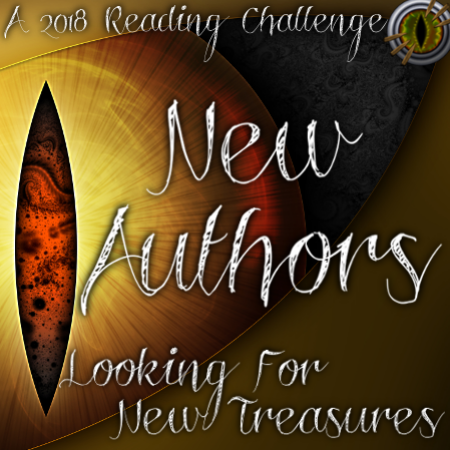
Paperback, 96 pgs.
I am an Amazon Affiliate
Narrow Bridge by Robbi Nester explores the degrees of fear we face throughout our lives as things change. The first section of the collection sets the tone for the whole, as each poem focuses on change — a desire to be something you’re not in “Mermaid to Woman” and a re-imagining of Beethoven as a whale in “The Making.” There is a certain fear in change, but Nester calls on the reader to see the beauty in being something different, something that evolves.
From "The Making" (pg. 3) If Beethoven were a whale, he would groan a song as monumental as his bulk, one the waves would write -- always in suspension. They would take an hour to break along a shore so distant none of us could fathom where it was.
Nester explores the changes that happen during childhood, traveling miles and moving to a new home, and how scary those moments can be. But there are times where the reader still sees the wonder of change as the narrator plays “capture the moon” with a compact mirror. Imagination takes center stage in the second section, and my daughter really enjoyed these poems when I read them aloud to her. She was reminded of the tents we made in our old house’s living room, and she began thinking up her own games to play in the car.
Section three explores the darkest reaches of fear, including a poem for the Sandy Hook school shooting. There’s also a lament for what America has become.
Sandy Hook (pg. 33) ...The teacher tries to hide us, but bullets fly so fast. Now she won't wake up, no matter how I shake her. No crayon could ever be that red.
In the final sections, Nester explores the fears of the past and places them into context. She broadens the scope beyond the fears of a younger self about her unruly hair and the wiser self who sees those imperfections as par for the course of life. “My past/quivers beneath the lens of memory,” she says in “Picture of a Life.”
Narrow Bridge by Robbi Nester is an exploration of life — its bumps and moments of joy — to find the light. She reminds us to push through and “recognize the stranger” in ourselves. She calls on us to reach beyond our fears and ourselves into the unknown to find beauty in the vacillation and uncertainty of change.
RATING: Cinquain
About the Poet:
Robbi Nester is the author of three other books of poetry: a chapbook, Balance (White Violet, 2012), and two collections—A Likely Story (Moon Tide, 2014) and Other-Wise (Kelsay, 2017). She has also edited two anthologies: The Liberal Media Made Me Do It! (Nine Toes, 2014) and an Ekphrastic e-book, Over the Moon: Birds, Beasts, and Trees—celebrating the photography of Beth Moon, published as an issue of Poemeleon Poetry Journal.
















